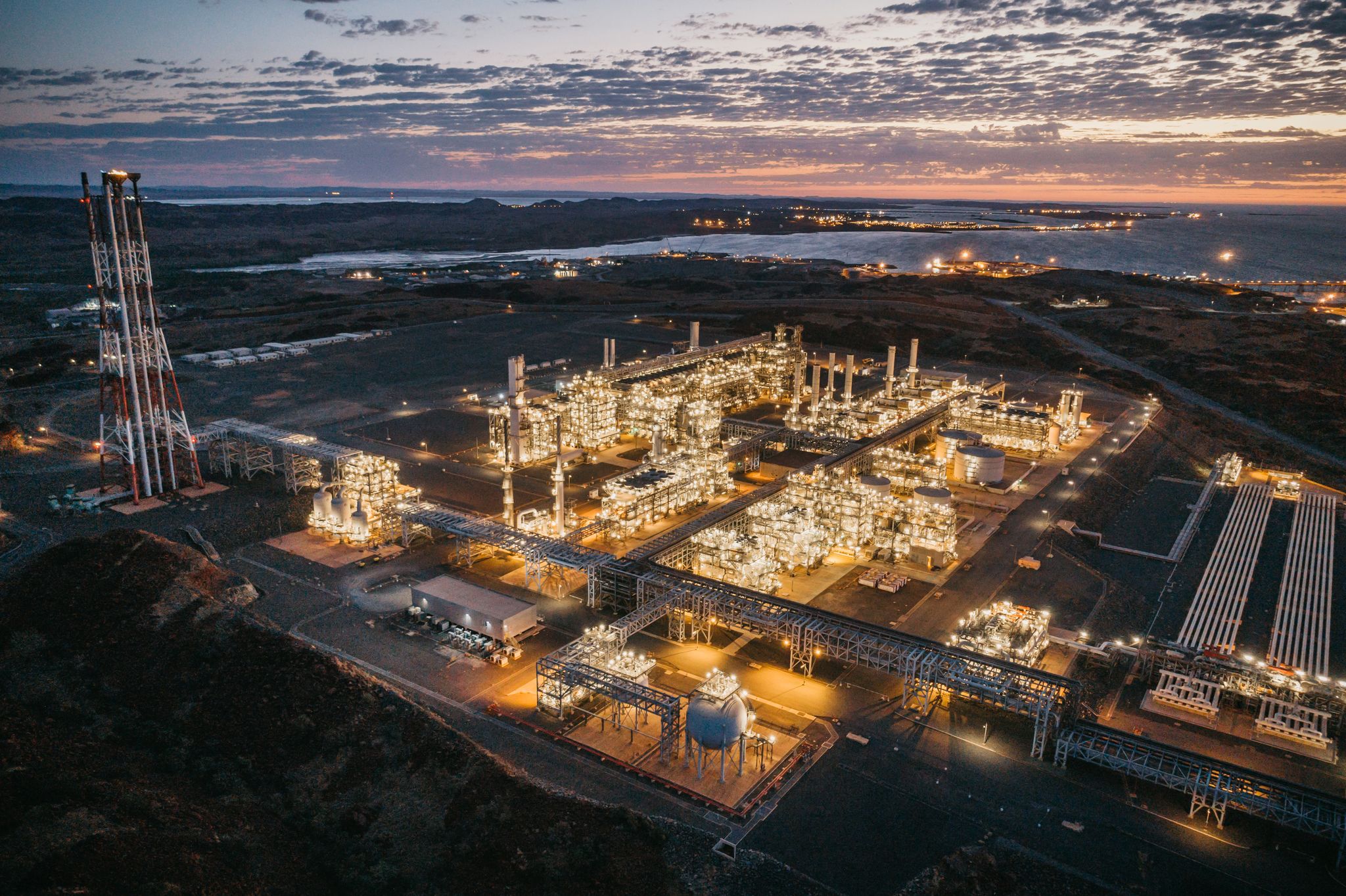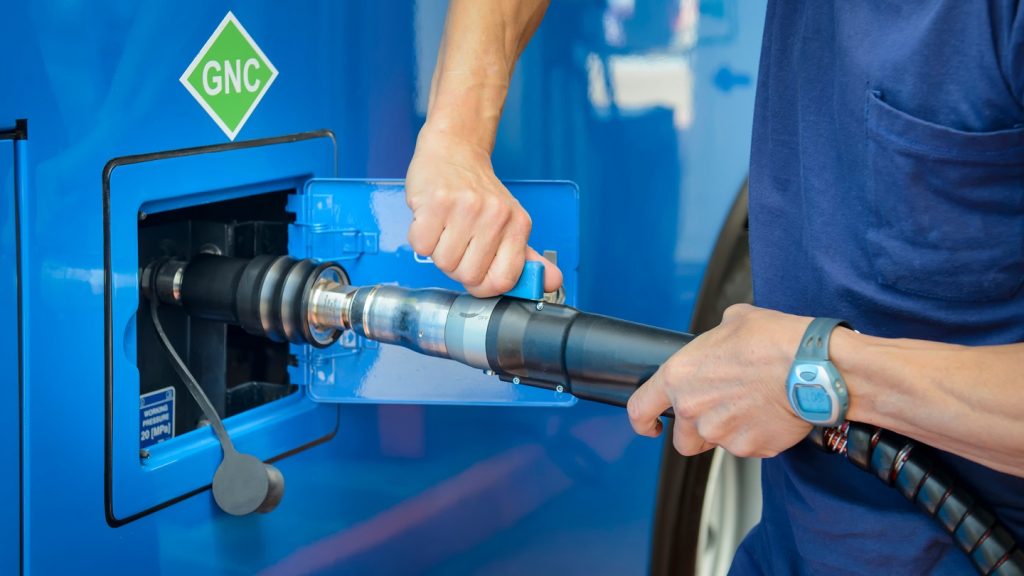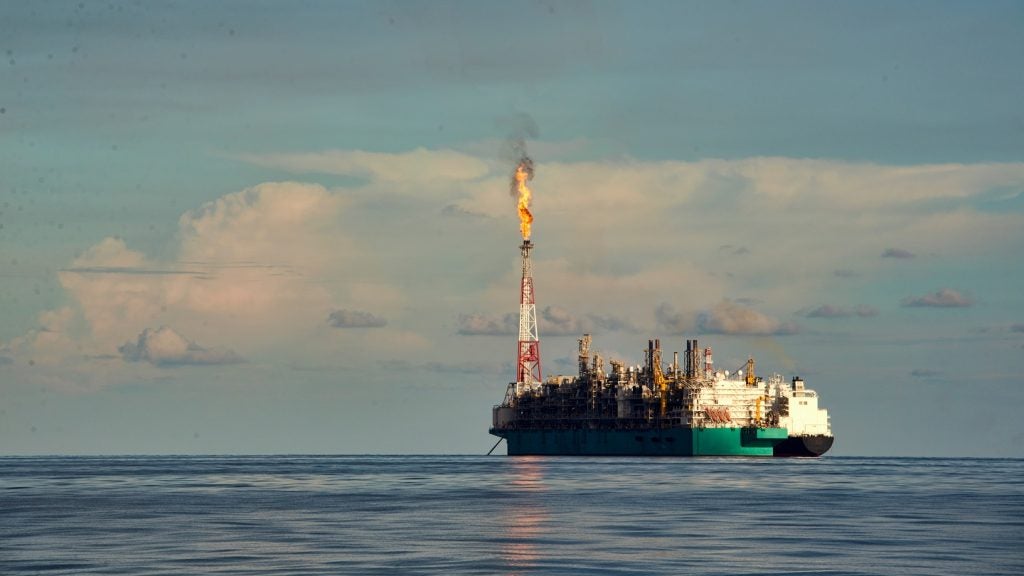
The Scarborough gas project – a $16bn liquified natural gas (LNG) project off the coast of Western Australia (WA) – stands as a significant development in the country’s energy future. Pitted with legal disputes and environmental backlash, the Woodside Petroleum-led gas field has seen opposition that came to a head in December with a court case over its potential environmental damage.
The case has not yet been resolved, but the situation is indicative of a crossroads facing the wider energy industry – to pursue future fossil fuel development or take heed of mounting public pressure to turn away from these traditional sources. As Australia’s largest fossil fuel project in the past decade, Scarborough is something of a benchmark for the future of this debate in the country.
While some say it should be WA’s final gas project, government support for the site shows this may not be the case, and the project serves as an example of government support and public opinion diverging as the issue of nations’ energy mixes becomes more pressing. We look at where this project sits in Australia’s wider energy landscape, and the role gas is expected to play.
A major gas find
According to Woodside, the Scarborough site holds an estimated 11.1 trillion cubic feet of dry gas, with the petroleum major proposing to pipe gas from the Carnarvon Basin field to its existing onshore LNG plant Pluto. Around five million tonnes of this gas is anticipated to be processed every year, using a new LNG train known as Pluto Train 2.
See Also:
The majority of the product will target demand from Asia, with Woodside saying that the resource will play a “key role” in helping neighbouring Asian countries meet energy demand while staying in line with emission reduction targets.
How well do you really know your competitors?
Access the most comprehensive Company Profiles on the market, powered by GlobalData. Save hours of research. Gain competitive edge.

Thank you!
Your download email will arrive shortly
Not ready to buy yet? Download a free sample
We are confident about the unique quality of our Company Profiles. However, we want you to make the most beneficial decision for your business, so we offer a free sample that you can download by submitting the below form
By GlobalDataThe project has been met with open arms by the federal government, with Prime Minister Scott Morrison saying he “did a bit of a jig” when the project approval was announced, adding that it would be a “shot in the arm” for the state’s economy.
Curtin University energy economist Roberto F Aguilera says that Scarborough has reached a level of significance given not only its scale but also its place in a context of public opposition to future gas developments.
“It’s significant in the sense that it’s a large project, and there haven’t been large gas LNG projects developed in Australia for a number of years,” he says. “The investment itself is also large, nearly 17 billion in Australian dollars. And in today’s environment, where there is so much pressure to transition away from fossil fuels, that makes the project even more significant.”
Dwindling public support for gas
Yet, as Aguilera says, the project is not actually against Australia’s climate plan. While the government has committed to net zero by 2050, it specifically stipulates that gas and coal will not be shut down, with investment instead being channelled into clean energy technologies.
In addition, Aguilera also says he does not believe the project to be environmentally inferior to other global LNG projects given its use of existing infrastructure, as well as the low CO2 content in the Scarborough gas fields as compared to other gas resources. Yet regardless of these environmental mitigations, gas is undeniably seeing dwindling public support, and calls for an end to Scarborough have been rising since its inception.
“Unfortunately, gas is suffering from a bit of an image problem,” says Aguilera. “Post-pandemic, the momentum behind the energy transition has really intensified.”
Opposition to the project was bolstered by a report released at the beginning of December from global research firm Climate Analytics, which said that pursuit of the project would work in direct opposition to the Paris Agreement. Yet others maintain that gas is a much needed transitional fuel, and that calls for its eradication are unrealistic.
“Most of the authoritative energy forecasting agencies still see continued natural gas consumption growth in the next couple of decades and it has been shown that gas can help to decarbonise the energy market, to the extent that it replaces coal in electricity generation,” says Aguilera.
Regardless, some are arguing there is no place for gas in our changing world, and the Climate Analytics report puts Scarborough under the spotlight for its potential environmental impact.
A ‘damaging’ fossil fuel development
According to Climate Analytics’ report, Scarborough will produce 1.6 billion tonnes of carbon emissions for the next quarter of a century, significantly higher than the 878 million tonnes that Woodside claims the project will produce.
“At a time when Australia needs to bring its emissions down and prevent irreversible damage to our climate, Scarborough will accelerate climate damage and lead to more extreme weather events,” the report reads.
Bill Hare, Climate Analytics’ chief executive, says that the decision is flawed not only in terms of climate change, but also in terms of global LNG demand.
“The peak for Australian LNG is in the next five years or so,” he says, “and then we might have something that may be best described as a flattening off, and then a semi rapid decline. LNG is an energy and emissions intensive resource, and we’re going to see a sharp drop off in gas in the power sector – which all means that I don’t see a strong case for Woodside to argue that they’ll be profitable under the Paris Agreement implementation.”
With public sentiment turned against the project, there is also the significant problem of Woodside losing social license to operate. As it now seems unlikely the project will be entirely abandoned, what’s the solution to public opposition?
Incorporating carbon saving technology
According to Aguilera, a more realistic demand would be to include carbon saving technologies into future gas operations – rather than eradicate the fuel entirely.
“With so many hundreds of billions of dollars invested in these projects, it’s very unlikely that they’d be able to back away from them,” he says. “There’s so many benefits for the state and for the country overall in terms of employment and GDP growth, including in the regions, and for fiscal revenue to the government.
“The more realistic outcome is for these companies to reduce the environmental impact of the projects by lowering emissions, starting from production all the way to the transportation or delivery of the gas in the form of LNG.”
Hare says that these majors should instead be using their investments to develop clean energy alternatives.
“[Woodside] could be making a lot more investments into green hydrogen technology, and it’s in an ideal position to do that,” he says. “It’s not simple to make that transition, but they are working in an environment where there is a lot going on in the energy market that they could take advantage of. They could be kickstarting this transition, and they’re not.”
While the question of what to do with Scarborough is still unanswered, finding a way of balancing public approval with meeting energy demand is a continued and repeating issue in the energy sector, and oil and gas majors will have to find a sustainable means of meeting this issue as calls for a cleaner future intensify.





